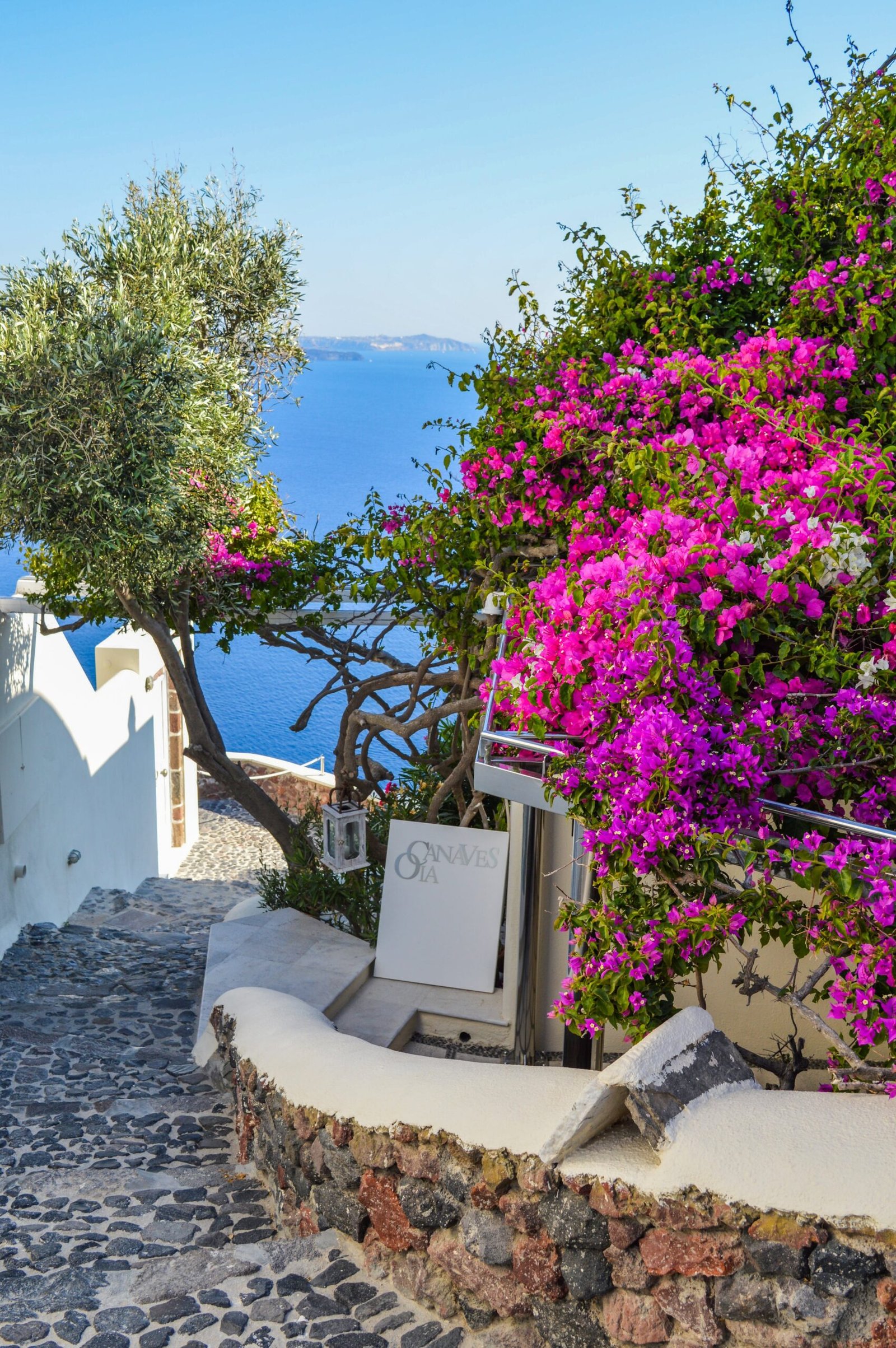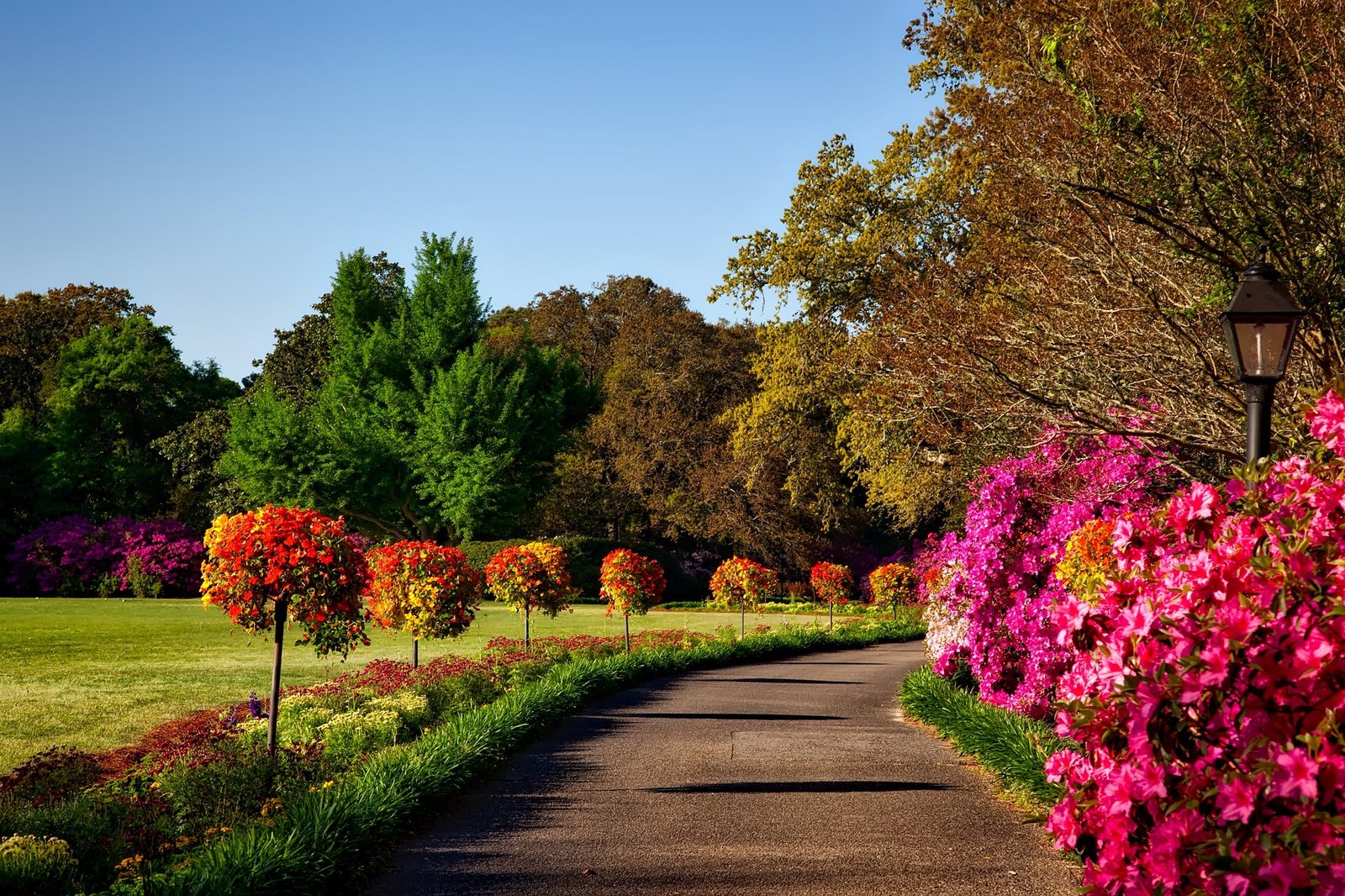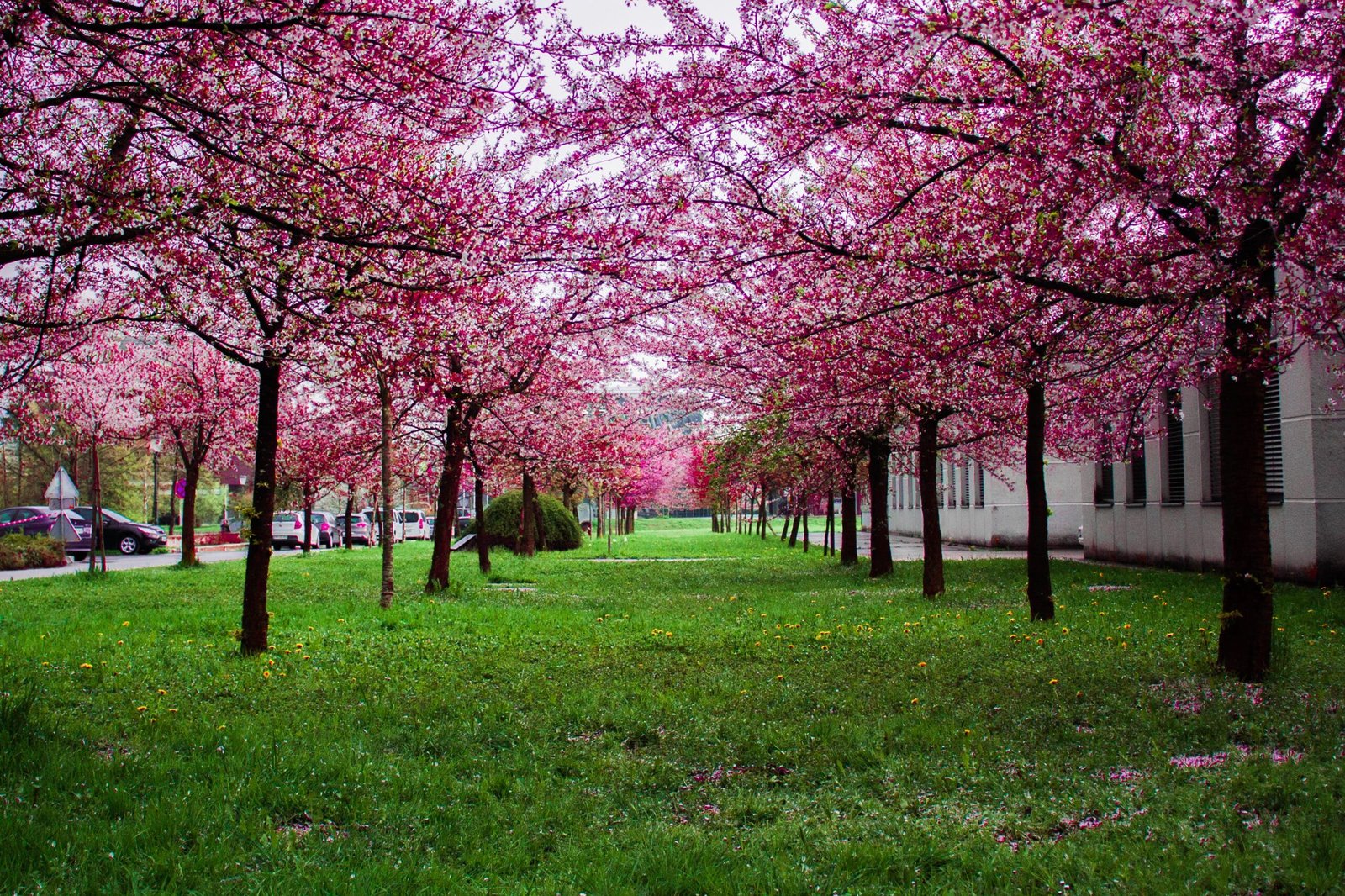
Are you tired of constantly replanting your container plants every season? Look no further! In this article, we will introduce you to the top 10 perennial container plants that will thrive all year round. Say goodbye to the hassle of constantly changing your garden’s look, and say hello to a beautiful, low-maintenance garden that will bring joy to your home in every season. So, get ready to transform your outdoor space with these stunning perennial container plants.

Introduction
Welcome to the world of perennial container plants! If you’re looking to add a touch of beauty and color to your outdoor space, perennial container plants are the way to go. These versatile plants are perfect for adding interest to your patios, balconies, or any other small space where planting directly in the ground may not be an option. In this article, we will explore the importance of perennial container plants and delve into the factors you should consider when choosing the right ones for your space.
Factors to Consider
Before diving into the world of perennial container plants, it’s important to understand the various factors that play a role in their growth and overall health. These factors include climate adaptability, sunlight requirements, watering needs, and soil preference. By considering these factors, you can ensure that your perennial container plants thrive in their new homes.
Climate Adaptability
One of the first factors to consider when selecting perennial container plants is their adaptability to your climate. Different plants have different temperature and humidity preferences, and it’s important to choose ones that can withstand the conditions in your area. Whether you live in a hot and dry climate or a cool and moist one, there are perennial container plants available for every type of environment.
Sunlight Requirements
Just like any other plant, perennial container plants have varying sunlight requirements. Some plants thrive in full sun, while others prefer partial shade or even full shade. Before selecting your plants, take note of the amount of sunlight your chosen location receives throughout the day. This will help you determine which plants will be the best fit for your space.
Watering Needs
Watering is a crucial aspect of caring for perennial container plants. Some plants require more frequent watering, while others prefer to be on the drier side. It’s important to strike a balance and provide each plant with the appropriate amount of water. Factors such as the type of soil, weather conditions, and the specific plant’s water needs should all be taken into consideration to ensure proper watering.
Soil Preference
The type of soil used in your containers can greatly impact the growth and health of your perennial plants. While some plants prefer well-draining soil, others thrive in more moisture-retaining soil. It’s important to understand the soil preferences of your chosen plants and select the appropriate potting mix to ensure their success.

Top 10 Perennial Container Plants
Now that you have a good understanding of the factors to consider, let’s take a closer look at the top 10 perennial container plants that are guaranteed to bring beauty and joy to your outdoor space.
1. Lavender
Lavender is a popular choice for perennial container plants due to its lovely fragrance and beautiful purple blooms. It prefers full sun and well-draining soil, making it a perfect addition to your patio or balcony.
2. Geraniums
Geraniums are known for their vibrant colors and easy care. They come in a variety of shades and are perfect for adding a pop of color to your containers. Geraniums prefer full sun and well-draining soil.
3. Ornamental Grasses
Ornamental grasses are a great choice for adding texture and movement to your container gardens. They come in a range of heights and foliage colors, making them versatile and visually appealing.
4. Heuchera
Heuchera, also known as coral bells, are prized for their colorful foliage. They come in a variety of shades, from deep burgundy to lime green, and are perfect for adding interest to your containers.
5. Sedums
Sedums are drought-tolerant and low-maintenance perennial container plants. They come in a variety of shapes and colors and are perfect for adding texture and interest to your outdoor space.
6. Daylilies
Daylilies are known for their stunning blooms that last for a day. They come in a wide range of colors and are perfect for adding a splash of color to your containers. Daylilies prefer full sun and well-draining soil.
7. Hostas
Hostas are prized for their lush foliage and shade tolerance. They come in a variety of sizes and shades of green, making them perfect for adding a touch of elegance to your containers.
8. Ferns
Ferns are known for their delicate and feathery foliage. They are perfect for adding a touch of green to your containers, especially in shady areas where other plants may struggle.
9. Salvia
Salvia is a versatile perennial plant that comes in a variety of colors and sizes. It attracts pollinators and is perfect for adding a burst of color to your containers.
10. Penstemon
Penstemon, also known as beardtongue, is prized for its tubular flowers and attractive foliage. It comes in a variety of colors and is perfect for adding vertical interest to your containers.
Suitable Combinations
Creating stunning container gardens goes beyond selecting individual plants. It’s important to consider how different plants will complement each other and create visual harmony. Let’s explore two ideas for suitable combinations of perennial container plants.
Companion Planting with Container Perennials
Companion planting involves selecting plants that provide mutual benefits when grown together. For example, pairing a tall and elegant grass with a low-growing perennial can create an interesting visual contrast. Similarly, combining plants with different bloom times can ensure a continuous display of color throughout the season.
4 Season Combinations
To create visually appealing containers that thrive all year round, consider selecting plants that provide interest in each season. For example, you could combine spring-flowering bulbs with summer-blooming annuals, followed by vibrant fall foliage and winter evergreens. This ensures that your containers remain attractive throughout the year.

Care and Maintenance
Once you have created your beautiful container gardens, it’s important to provide proper care and maintenance to ensure the continued health and beauty of your perennial plants.
Watering Schedule
Establishing a regular watering schedule is crucial for the success of your perennial container plants. While the watering needs of each plant may vary, a general rule of thumb is to water when the top inch of soil feels dry to the touch. Avoid overwatering, as this can lead to root rot, and be mindful of the specific water requirements of each plant.
Fertilization Requirements
Regular fertilization can help keep your perennial container plants healthy and promote vigorous growth. Use a balanced, slow-release fertilizer according to the instructions on the packaging. Avoid over-fertilization, as this can lead to excessive foliage growth at the expense of blooms.
Pruning and Deadheading
Pruning and deadheading are important tasks to ensure the continued beauty and health of your perennial container plants. Remove any dead or damaged foliage and flowers to encourage new growth and prevent the spread of diseases. Pruning can also help maintain the shape and size of your plants.
Overwintering Techniques
In colder climates, it’s important to protect your perennial container plants from harsh winter conditions. One technique is to bring the containers indoors to a cool, well-lit location, such as a basement or garage. Alternatively, you can wrap the containers in insulating materials such as burlap or bubble wrap to provide extra protection.
Pests and Diseases
Container plants, including perennials, can be susceptible to pests and diseases. However, with proper care and preventive measures, you can minimize the risk of infestation and keep your plants healthy.
Common Pests in Container Plants
Some common pests that may affect your perennial container plants include aphids, mealybugs, spider mites, and slugs. These pests can cause damage to the foliage and inhibit the growth of your plants.
Preventive Measures
To prevent pest infestations, regularly inspect your plants for signs of pests and take appropriate action as soon as possible. This may include handpicking pests, using organic insecticides, or introducing beneficial insects such as ladybugs or praying mantises.
Common Diseases in Container Plants
Common diseases that may affect your perennial container plants include powdery mildew, root rot, and fungal infections. These diseases can cause foliage discoloration, wilting, and even death in severe cases.
Popular Perennial Container Themes
When creating your perennial container gardens, you may choose to focus on specific themes that reflect your personal style and preferences. Here are three popular perennial container themes to inspire you.
Colorful Blooms
One popular theme is to create containers bursting with vibrant blooms. Choose plants with complementary or contrasting colors to create eye-catching displays. Consider adding plants with different bloom times to ensure a continuous show of color throughout the season.
Textured Foliage
Another popular theme is to focus on plants with interesting and textured foliage. Combine plants with varying leaf shapes, sizes, and colors to create a visually appealing display. This theme is perfect for adding depth and visual interest to your containers.
Fragrant Varieties
If you enjoy the sweet scent of flowers, consider creating containers filled with fragrant varieties. Choose plants such as lavender, jasmine, or scented geraniums to add a delightful aroma to your outdoor space.
Design Tips
When designing your perennial container gardens, there are a few key tips to keep in mind. These tips will help you create visually appealing displays that are sure to impress.
Varying Heights and Forms
To create visual interest, vary the heights and forms of the plants in your containers. Combine tall, upright plants with trailing or mounding varieties to add depth and dimension to your displays. Consider using plant stands or elevated planters to create different levels within your container garden.
Using Contrasting Colors
Contrasting colors can create a striking visual impact in your container gardens. Pair plants with complementary colors, such as purple and yellow, or use plants with contrasting foliage colors, such as green and red. This will create a dynamic and visually pleasing display.
Grouping Plants for Impact
Instead of scattering individual plants throughout your containers, consider grouping them together for maximum impact. By clustering plants with similar growth habits or complementary colors, you can create a bold statement and a cohesive look.
Container Selection
Choosing the right containers for your perennial plants is an important aspect of successful container gardening. Consider the following factors when selecting containers:
Choosing the Right Size
Select containers that are suitable for the size of your perennial plants. Ensure that the containers provide enough space for root growth and that they have adequate drainage holes.
Drainage Considerations
Proper drainage is crucial for the health of your perennial container plants. Choose containers with drainage holes or be prepared to drill holes in plastic or ceramic containers. Additionally, consider using saucers or pot feet to elevate the containers and allow excess water to drain away.
Material Choices
Containers come in a variety of materials, each with its own advantages and disadvantages. Clay pots are porous and allow for better airflow and moisture regulation, but they may be prone to cracking in freezing temperatures. Plastic containers are lightweight and often have built-in drainage holes but may not provide as much insulation as other materials. Choose a material that suits your specific needs and preferences.
Perennial Container Plants FAQ
As you embark on your journey of growing perennial container plants, you may have some questions along the way. Here are answers to a few frequently asked questions.
Can I Repot Perennial Container Plants?
Yes, you can repot your perennial container plants if they outgrow their current containers or if you want to refresh the soil. Be sure to choose a new container that provides enough space for root growth and use an appropriate potting mix.
How Often Should I Divide Perennial Container Plants?
The frequency of dividing perennial container plants depends on the specific plant and its growth habits. Some plants benefit from division every few years, while others may require it more frequently. Signs that your plant may need dividing include overcrowding, diminished blooms, or stunted growth.
Can I Overwinter Perennial Container Plants Indoors?
Yes, many perennial container plants can be overwintered indoors. This is particularly important for plants that are not winter hardy in your climate. Bring the containers indoors to a cool, well-lit location and continue to provide appropriate care throughout the winter months.
Conclusion
Perennial container plants offer a world of possibilities for adding beauty and interest to your outdoor space. By considering factors such as climate adaptability, sunlight requirements, watering needs, and soil preference, you can select the perfect plants for your containers. With proper care and maintenance, your perennial container plants will thrive and provide year-round enjoyment. So go ahead, get creative, and create stunning container gardens that will be the envy of all your neighbors!





